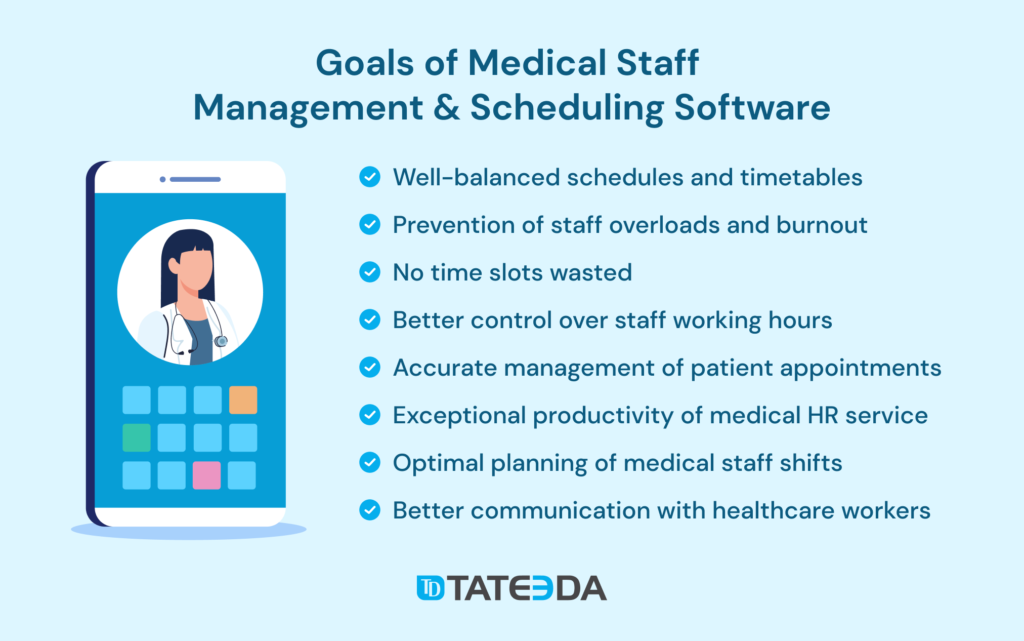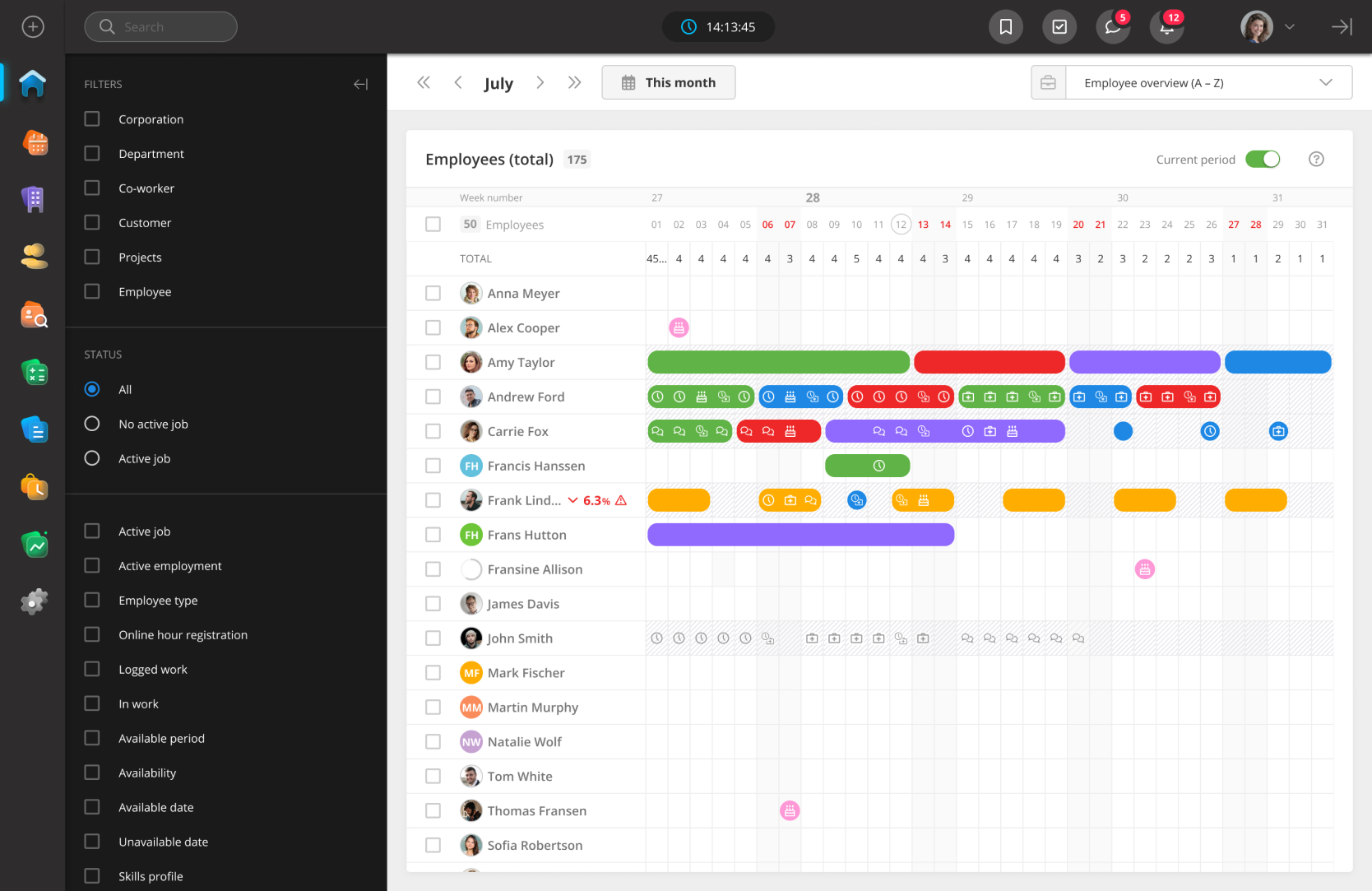Change Your Human Resources Operations with Staffing Management Software
Change Your Human Resources Operations with Staffing Management Software
Blog Article
Letting Loose the Power of Information: Enhancing Human Resources Strategies With Cutting-Edge Staffing Monitoring Software Application
In the swiftly advancing landscape of human sources, the utilization of information has become a crucial pressure in shaping business success. As companies make every effort to remain affordable and dexterous, the integration of cutting-edge staffing administration software attracts attention as a transformative tool in simplifying human resources processes. By harnessing the power of information analytics, organizations can not only improve their recruitment techniques but also optimize worker retention and performance. The synergy in between data-driven understandings and progressed technology provides an engaging opportunity for human resources experts to transform their technique towards talent monitoring.
Significance of Data-Driven HR Approaches
Why have data-driven HR approaches end up being necessary in modern-day company procedures? In today's affordable and hectic organization environment, companies are significantly relying upon data-driven understandings to make educated decisions. Data-driven HR methods enable business to enhance their labor force monitoring, recruitment procedures, and employee involvement efforts. By evaluating information associated with worker performance, turnover prices, and ability spaces, human resources divisions can recognize fads, forecast future requirements, and develop positive remedies to address obstacles.
Data-driven HR techniques also play an essential duty in boosting employee complete satisfaction and retention. Through the evaluation of employee feedback, efficiency reviews, and training outcomes, human resources professionals can tailor individual development plans, identify high-potential workers, and cultivate a society of constant knowing and development within the organization. In addition, data-driven understandings make it possible for HR teams to straighten their strategies with the overall organization objectives, making certain that skill administration initiatives directly contribute to organizational success.
Advantages of Staffing Administration Software
Making use of staffing management software simplifies the recruitment and onboarding procedures for HR divisions, enhancing effectiveness and accuracy in talent acquisition. One significant advantage of this software is the ability to streamline candidate information, making it quickly available for recruitment groups. By having all applicant info in one place, HR experts can efficiently track prospect development, communicate successfully with possible hires, and ensure a smooth recruitment experience.
Additionally, staffing management software program frequently includes functions such as return to analyzing and search phrase matching, which help in quickly recognizing top prospects that match the job requirements. This automation reduces the moment invested in hands-on resume evaluating, allowing HR staff to concentrate on more tactical jobs. staffing management software. Additionally, these systems can incorporate with work boards and social media sites platforms, expanding the reach of work postings and bring in a diverse pool of candidates
Furthermore, analytics and reporting tools within staffing monitoring software program offer beneficial understandings right into recruitment metrics, such as time-to-fill and cost-per-hire. This data-driven method allows human resources groups to make enlightened decisions, maximize recruitment techniques, and improve overall working with processes. By leveraging these benefits, organizations can enhance their talent procurement efforts, enhance prospect experience, and inevitably construct a solid labor force.
Enhancing Recruitment Procedures With Data
By leveraging data, business can have a peek at this website make even more enlightened decisions throughout the recruitment lifecycle, eventually leading to much better hires and improved retention prices. One vital way data improves recruitment processes is by maximizing job postings based on insights from previous successful hires.
Additionally, data analytics can improve the screening and selection procedure by recognizing patterns in prospect certifications and performance signs. Generally, incorporating data into recruitment processes equips organizations to make smarter employing decisions and build high-performing teams.
Improving Employee Retention Through Technology

One means innovation can enhance staff member retention is via the usage of staff member interaction platforms. These systems allow for real-time feedback, acknowledgment, and communication between workers and monitoring, fostering a culture of appreciation and assistance. In addition, modern technology can enable tailored discovering and advancement programs tailored to private worker needs and profession goals, increasing job satisfaction and loyalty.
Moreover, data analytics tools can assist organizations recognize patterns and patterns associated with worker turn over, enabling them to take aggressive steps to resolve prospective issues before they intensify. Generally, by leveraging technology successfully, companies can produce an extra interesting and supportive workplace that urges staff members to stay and expand within the company.
Maximizing Workforce Productivity With Information

Via the analysis of data, HR divisions can identify patterns and patterns that impact productivity levels. By tracking staff member work hours and job completion rates, companies can enhance job schedules to make certain that jobs are efficiently dispersed among team members. Furthermore, information can reveal ability gaps within the workforce, permitting HR to implement targeted training programs that boost worker capabilities and general efficiency.
In addition, data-driven performance assessments allow managers to provide particular comments and assistance to staff members, fostering a culture of constant improvement. In general, leveraging data to make best use of labor force performance is a critical method that encourages companies to accomplish their goals successfully and successfully.
Conclusion
Finally, making use of cutting-edge staffing administration software program can considerably boost HR methods by leveraging the power of data. By incorporating data-driven recruitment processes, boosting staff member retention via modern technology, and maximizing workforce performance, organizations can simplify their operations, make even more enlightened choices, and eventually accomplish higher success in managing their human capital. Embracing these technological innovations informative post is critical in the ever-evolving landscape of human resource administration.
Data-driven Human resources methods make it possible for firms to enhance their labor force management, recruitment procedures, and worker involvement campaigns. By assessing information associated to employee performance, turn over rates, and skill voids, Human resources departments can identify trends, anticipate future requirements, and create aggressive reference remedies to address obstacles.

Report this page